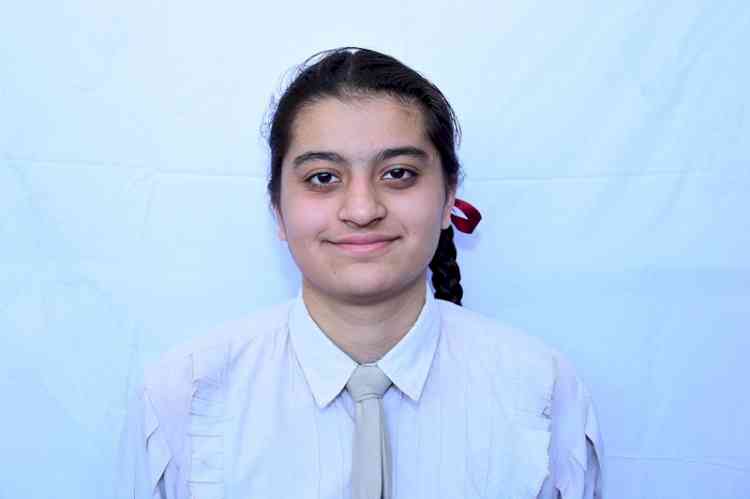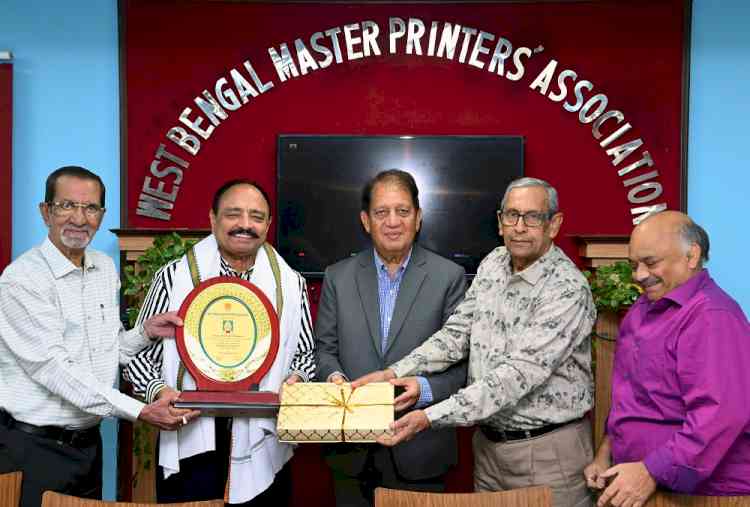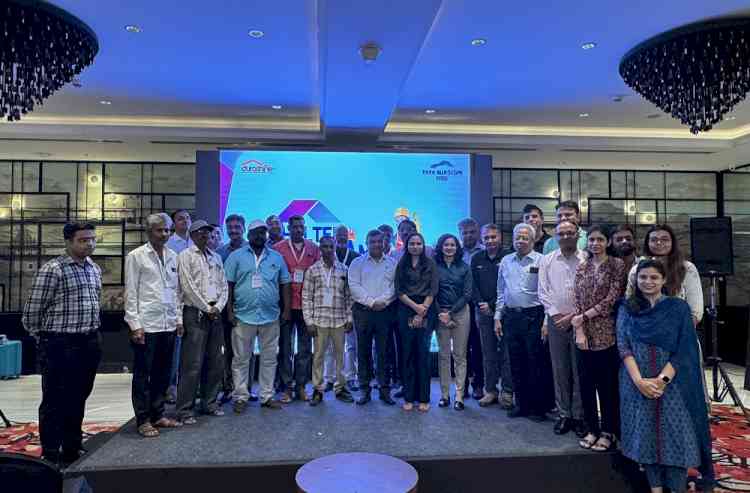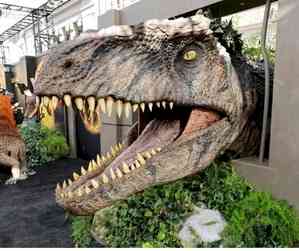Now, 3D-print a nebula at home!
Washington, July 12 (IANS) Ever dreamed of holding a nebula in your hands? Thanks to NASA, this may now be a reality as the first high-resolution three-dimensional model of the expanding cloud produced by a massive star's eruption is now available...

Washington, July 12 (IANS) Ever dreamed of holding a nebula in your hands? Thanks to NASA, this may now be a reality as the first high-resolution three-dimensional model of the expanding cloud produced by a massive star's eruption is now available to all.
For this you need to download the plans that NASA has made publicly available, feed them into your 3D-printing software, and play god by watching your very own Homunculus Nebula, a shell of gas and dust ejected during the star's mid-19th century eruption, form before your eyes.
Between 1838 and 1845, the massive binary system Eta Carinae underwent a period of unusual variability during which it briefly outshone Canopus, normally the second brightest star.
As a part of this event, which astronomers call the Great Eruption, a gaseous shell containing at least 10 and perhaps as much as 40 times the sun's mass was shot into space.
This material forms a twin-lobed dust filled cloud known as the Homunculus Nebula, which is now about a light-year long and continues to expand at more than 1.3 million mph (2.1 million km/h).
Wolfgang Steffen, astrophysicist at the National Autonomous University of Mexico, recently created the first ever 3-D-printed model of the Homunculus Nebula by using a software called Shape.
"One of the questions we set out to answer with this study is whether the Homunculus contains any imprint of the star's binary nature, since previous efforts to explain its shape have assumed that both lobes were more or less identical and symmetric around their long axis," team member Jose Groh, astronomer at Geneva University in Switzerland was quoted as saying.
"The new features strongly suggest that interactions between Eta Carinae's stars helped mould the Homunculus," Groh added.
To create their 3D model of the nebula that now measures one full light year across, the researchers took 92 different slices of it using the European Southern Observatory's Very Large Telescope and its X-Shooter spectrograph.
They imaged near-infrared, visible and ultraviolet wavelengths, creating the most complete spectral map ever, according to NASA.
That shape model was published in the journal Monthly Notices of the Royal Astronomical Society.

 cityairnews
cityairnews 
















